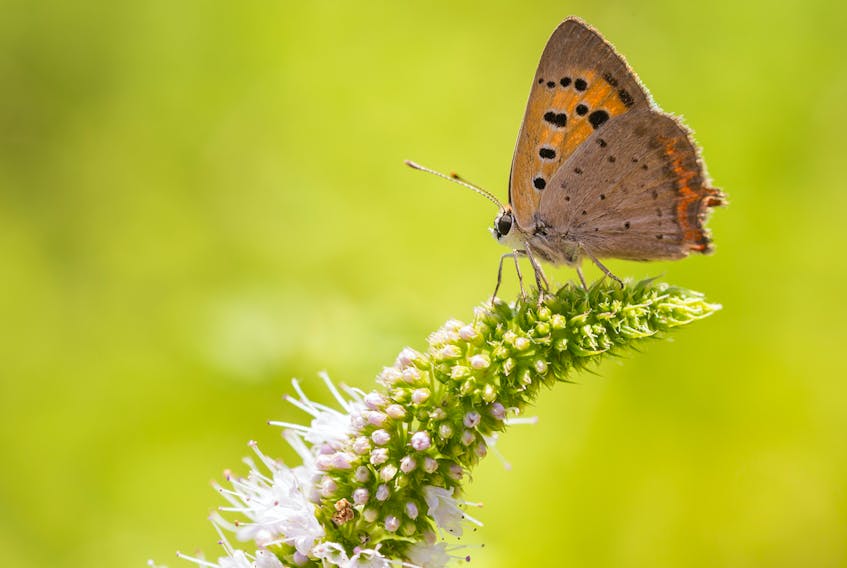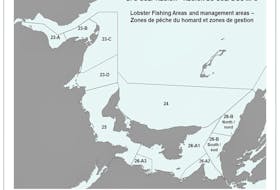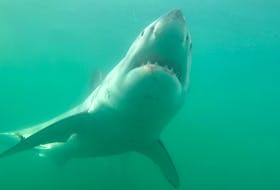P.E.I. has some unique places that are home to rare plants and animals, according to a new report from the Nature Conservancy of Canada.
The 308 plants, animals and fungi not found anywhere else outside Canada, are called endemic species, said Lanna Campbell, the conservancy's P.E.I. program director.
The Island is home to seven of Canada’s endemic species.
“The beach pinweed and the salt marsh copper are actually found in some of our protected areas like nature reserves here on P.E.I.,” said Campbell.
“We kind of lucked out in that sense, we get to protect the habitat in which this great little native species is found. So it’s one of the ways we can protect it and keep it around for a long time.”
The little butterfly is found in NCC preserves in Abram-Village and Percival River while the beach pinweed, a leafy green plant, is found on the Conway sandhills.
“One of the ways to protect endemic species, or these species that have this limited range, is to protect where they live. It’s a role that we can help play,” said Campbell.

The report, entitled Ours to Save: The distribution, status and conservation needs of Canada’s national endemic species, is the first time a comprehensive list of endemic Canadian species was prepared. The last research like this was done in the 1970s, but wasn’t thorough.
The list includes 36 species of vertebrates (mammals, birds and fishes), including 21 species of mammals.
More than 80 per cent of Canada’s nationally endemic species are plants and invertebrates, primarily insects.
There are “hotspots” for the uniquely-adapted wildlife on both the east and west coasts.
Experts think it’s because of glacial refugia — areas on the now-submerged continental shelves that would have been exposed during the last glacial maximum period.
Plants and animals living in these glacial refugia were isolated for tens of thousands of years. Some evolved into new species before the glaciers retreated and they re-integrated into the rest of the continent, said the NCC report.
Provincial breakdown of Canada’s endemic species:
- British Columbia: 105
- Quebec: 57
- Alberta: 54
- Yukon: 43
- Newfoundland and Labrador 40
- Saskatchewan: 36
- Northwest Territories: 32
- Manitoba: 31Nunavut: 29
- Nova Scotia: 28
- Ontario: 28
- New Brunswick: 17
- Prince Edward Island: 7
Source: Nature Conservancy of Canada
AT RISK
Because these plants and animals are only found in specific geographic areas, it makes them vulnerable to extinction, said Campbell.
Currently, only 10 per cent of Canada’s endemic species are globally secure, and less than 20 per cent have been assessed by the Committee on the Status of Endangered Wildlife in Canada (COSEWIC), said the report.
The NCC hopes the results in this report will be used to prioritize conservation measures and inspire public support for species and habitat protection in Canada.
As a private land trust, the NCC can work with landowners who are interested in conservation, said Campbell.
“We can talk to them about unique species that are found on their property and how they can help protect them,” she said.
For more information about the Nature Conservacy of Canada, visit the website.
Alison Jenkins is a local journalism initiative reporter, a position funded by the federal government.









